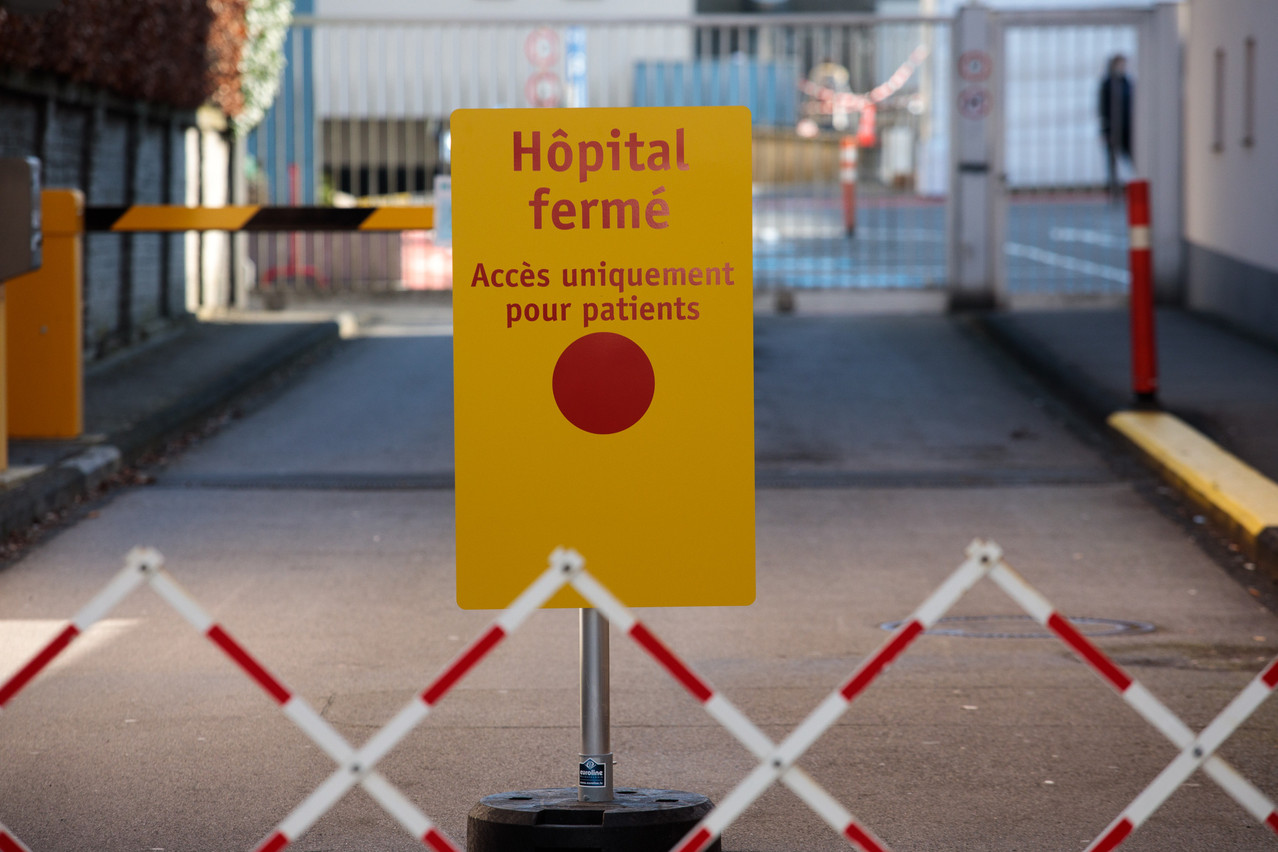The WHO in a weekly report on Tuesday said coronavirus deaths in Europe rose 5% in the last week while they remained stable or decreased elsewhere in the world. Of 3.3 million new infections reported, 2.1 million were in Europe.
The UN’s health agency previously said Europe was once again the epicentre of the pandemic and warned of 500,000 more deathy by February as vaccination rates remain low especially in eastern countries.
While excess mortality in the EU slumped over the summer as vaccination campaigns were in full swing and the summer allowed for more outdoor activities, deaths were up 12.1% in September compared to average monthly deaths from 2016 to 2019.
Peak excess mortality was at 40% in November last year as the bloc felt the full force of the pandemic’s second wave of infections. Already in August this year, excess mortality was at 8.2%, up from this year’s July low of 5.1%.
Luxembourg did not escape this phenomenon. While it reported fewer deaths than usual in August, in September deaths were up 6.1% compared to the 2016 to 2019 average. Five people died after testing positive for Sars-CoV-2 in September. This number was up to 11 in October.
Between 1 and 15 November, the latest data available at the time of writing, another 11 people died after testing positive for the virus.
Excess mortality was highest in Bulgaria (+50%) but also Romania (30.3%) and the Baltic states Latvia (16.3%), Estonia (20%) and Lithuania (31.5%) reported more deaths than usual. Bulgaria’s vaccination rate trails around 25% of the adult population with Romania’s also at less than 30%.
Latvia in October imposed a one-month lockdown when the vaccination rate was around 57%, similar to that in Estonia (around 58%:). In Lithuania, however, around 71% of adults are fully vaccinated.
Germany’s health minister Jens Spahn this month called the fourth wave of infections sweeping across his country a pandemic of the unvaccinated but that threatens to overwhelm hospitals and limit critical care for other patients.
